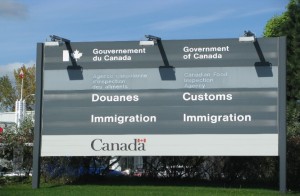 How does immigration/citizenship status and location of work influence migrant caregivers’ work conditions and earning power in Canada? What other factors are related to labour prospects and inequalities for those doing this kind of work?
How does immigration/citizenship status and location of work influence migrant caregivers’ work conditions and earning power in Canada? What other factors are related to labour prospects and inequalities for those doing this kind of work?
This project seeks to achieve an up-do-date understanding of how the migrant care labour market in Canada fits in with caregiving work as a whole – as well as other employment sectors – in Canada and the United States.
Firstly, we examine and assess the development of Canada’s Live-In Caregiver program, which Citizenship and Immigration Canada (CIC) significantly changed in November 2014. Secondly, the project compares those who enter as temporary residents with those admitted as permanent residents. Thirdly, we compare Canada and the U.S. to highlight similarities and differences in where migrant labourers work, how countries organize care work, and the extent to which they rely on migrant labour. Fourthly, we compare care workers’ earnings with those who are not employed in caregiving jobs. Finally, we examine informal care by migrant women in their households compared with the patterns of women who are Canadian-born.
This project relies on data from CIC, Employment and Social Development Canada (formerly HRSDC), Statistics Canada, and the United States Bureau of the Census.
Leader
Monica Boyd
Partners
- Immigration, Refugees and Citizenship Canada (IRCC)
- Human Resources and Social Development Canada (HRSDC)
Students & Associates
- Alice Hoe
- Naomi Lightman